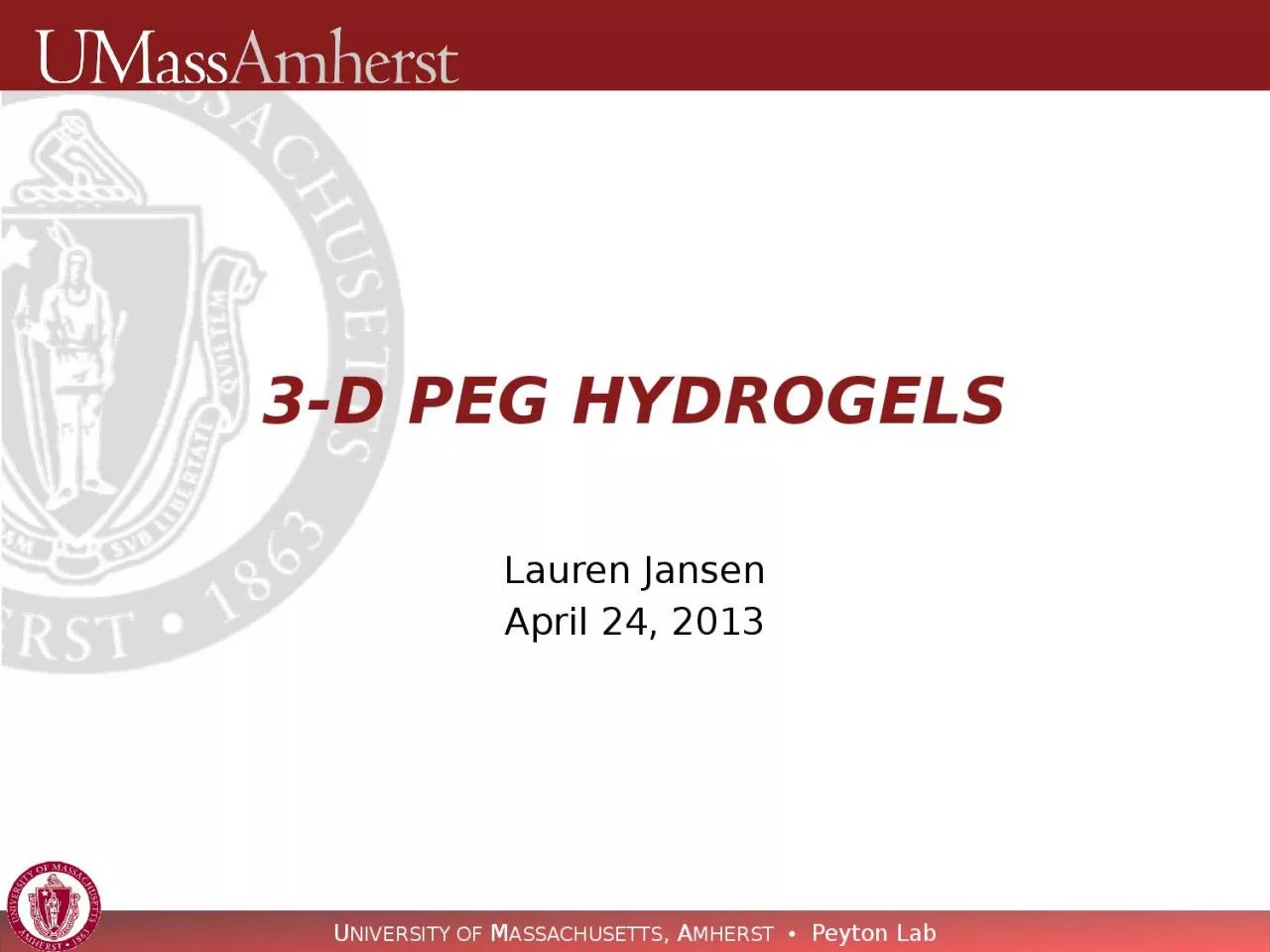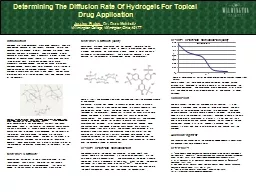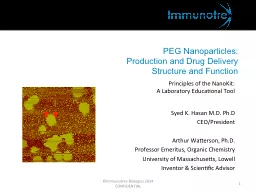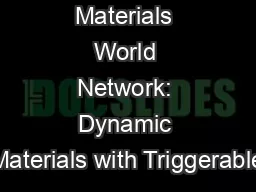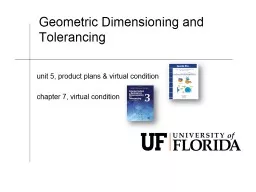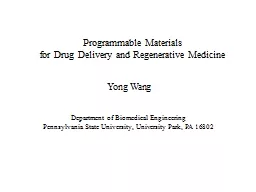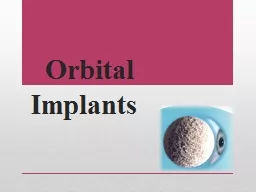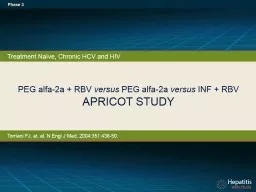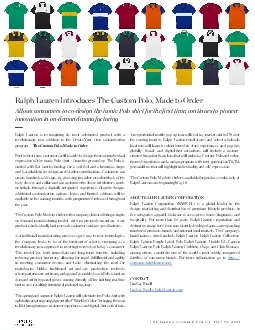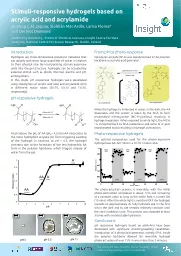PPT-3-D PEG HYDROGELS Lauren Jansen
Author : AngelEyes | Published Date : 2022-08-02
April 24 2013 What is a Hydrogel Hydrophilic polymer material that can absorb large amounts w ithout dissolving A network composed of physical or chemical
Presentation Embed Code
Download Presentation
Download Presentation The PPT/PDF document "3-D PEG HYDROGELS Lauren Jansen" is the property of its rightful owner. Permission is granted to download and print the materials on this website for personal, non-commercial use only, and to display it on your personal computer provided you do not modify the materials and that you retain all copyright notices contained in the materials. By downloading content from our website, you accept the terms of this agreement.
3-D PEG HYDROGELS Lauren Jansen: Transcript
Download Rules Of Document
"3-D PEG HYDROGELS Lauren Jansen"The content belongs to its owner. You may download and print it for personal use, without modification, and keep all copyright notices. By downloading, you agree to these terms.
Related Documents

